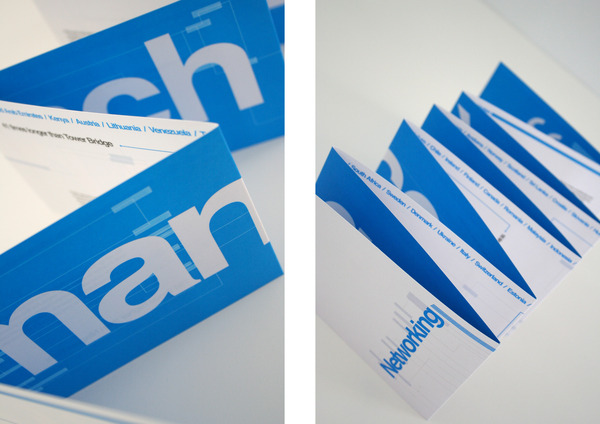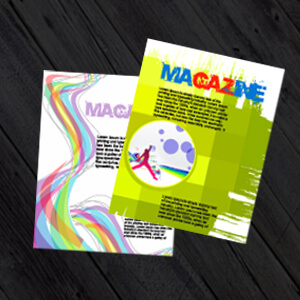So what is direct mail?
It is relevant, personal and emotional i.e. a Birthday card.
It’s relevant because it’s the recipient’s birthday. It’s personal because it’s a direct printed message from you and it’s intended for them, also the card you choose and the message inside is exclusive and unique. It’s emotional because receiving a birthday card lifts the spirits and makes you happy, it is nice to know that someone remembers and care’s enough to send you a birthday card. That is direct mail.
Companies large and small have inherently turned towards a more digital type of advertising over recent years and have forgotten or failed to understand the importance and effectiveness of direct mail i.e. folded leaflet printing which can be personalised is a cheap, cost effective way of contacting customers. Couple this with fantastic graphic design and you can leave a lasting impression which changes a persons buying habits and improves your sales.
A study by Temple University in the US has found that direct mail printing is superior to online communication in eight out of nine categories.
The US university conducted a thorough neuroscientific study (http://www.dmnews.com/postal/direct-mail-has-a-greater-effect-on-purchase-than-digital-ads/article/423292/), sponsored by the postal service, to compare digital ads to physical, printed material that is mailed directly to the consumer. Digital ads grabbed the viewer’s attention faster, but that was their only advantage and printed adverts produced a stronger emotional response and ultimately helped drive purchases.
Direct mail is a huge business
Advertising mail made up $20 billion, or 31%, of the US Postal Services revenues last year and the research goes some way to justifying marketers’ increasing reliance on traditional direct mail in an increasingly digital age.
The study used a mix of 40 email ads and postcards, which were shown to laboratory study subjects. Eye tracking technology, fingertip heart rate monitors, and breath and sweat monitoring apparatus were employed to gauge their reaction. An MRI scanner was even used to record the brain’s reaction to the adverts.
Print wins almost every time
The results were staggering. Printed, direct mail beat the electronic alternative in all of the following categories:
• Review time – the time the subject spends on the advert, was considerably more in printed matter.
• Engagement – the amount of information the subject absorbs from the advert, arguably the review time is increased and allows for further engagement to occur.
• Stimulation – the intensity of the emotional reaction. It’s physical and allows us to touch, hold and see the direct mail.
• Retrieval accuracy – accurately remembering the source and content.
• Retrieval speed – quickly remembering the source and content, suggesting a firm imprint rather than recall
• Purchase and willingness to pay – the persuasive effect of the ad
• Desire – a subconscious desire for the product
• Value – the amount of value the subject subconsciously imprints on the product without seeing prices
Postcards reportedly trigger the ventral striatum of the brain, which is the centre that controls desirability and value. Temple University’s researchers concluded that physically printed direct mail has a far bigger impact on the subject when it comes to instilling desire for products or services and ultimately helps to make a sale.
A scientific approach to sales
Neuroscience is a relatively new branch of science, but major corporations have begun to investigate its effects and the research is trickling down into the public domain. This revelation that printed direct mail is far more effective than email communications can help every company, big or small, make a bigger impact with their marketing material. So if you’re sending flyers, folded leaflets or brochures, the post beats email every single time.
Direct mail beats online, according to study







.jpg)
.jpg)

Trackbacks/Pingbacks